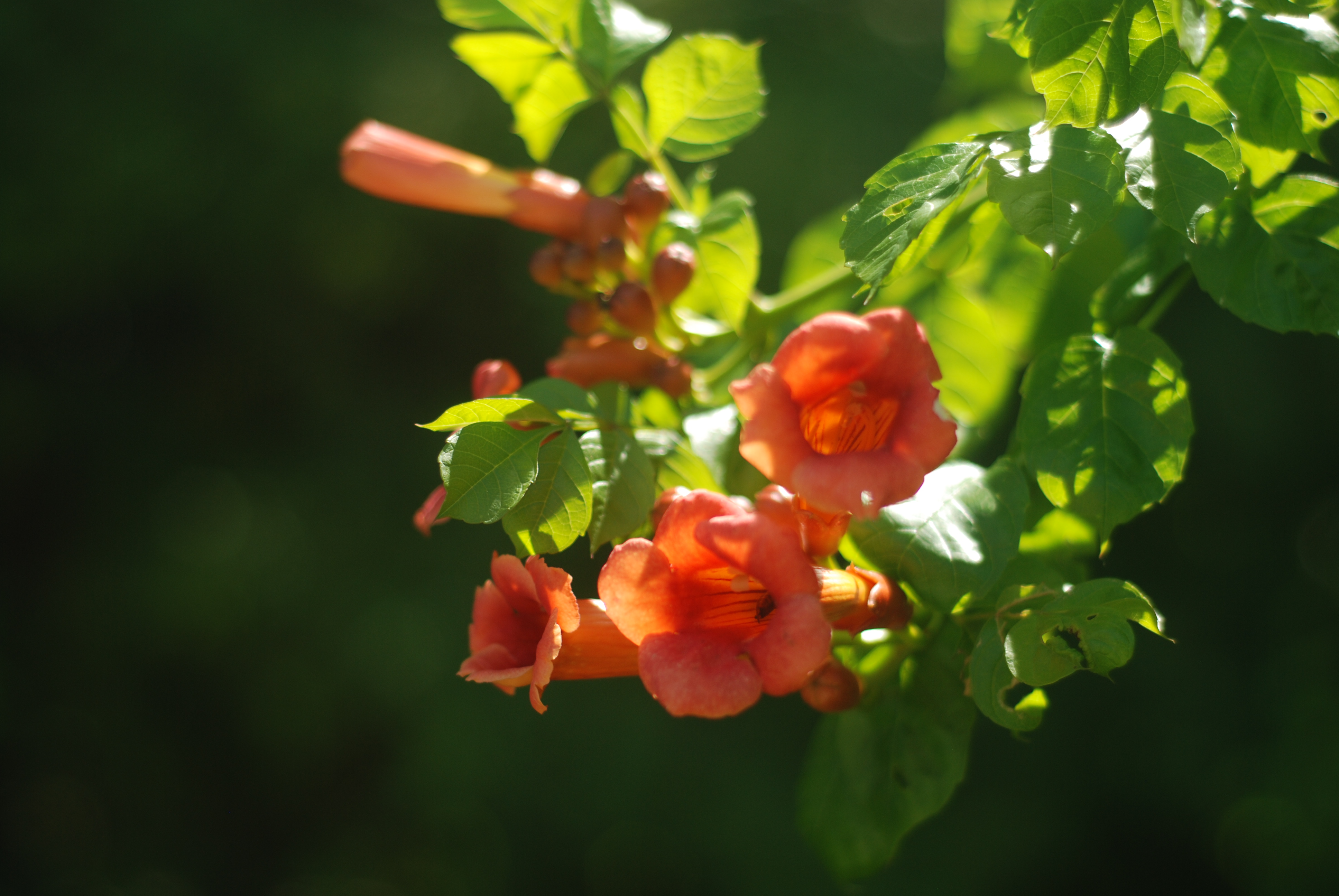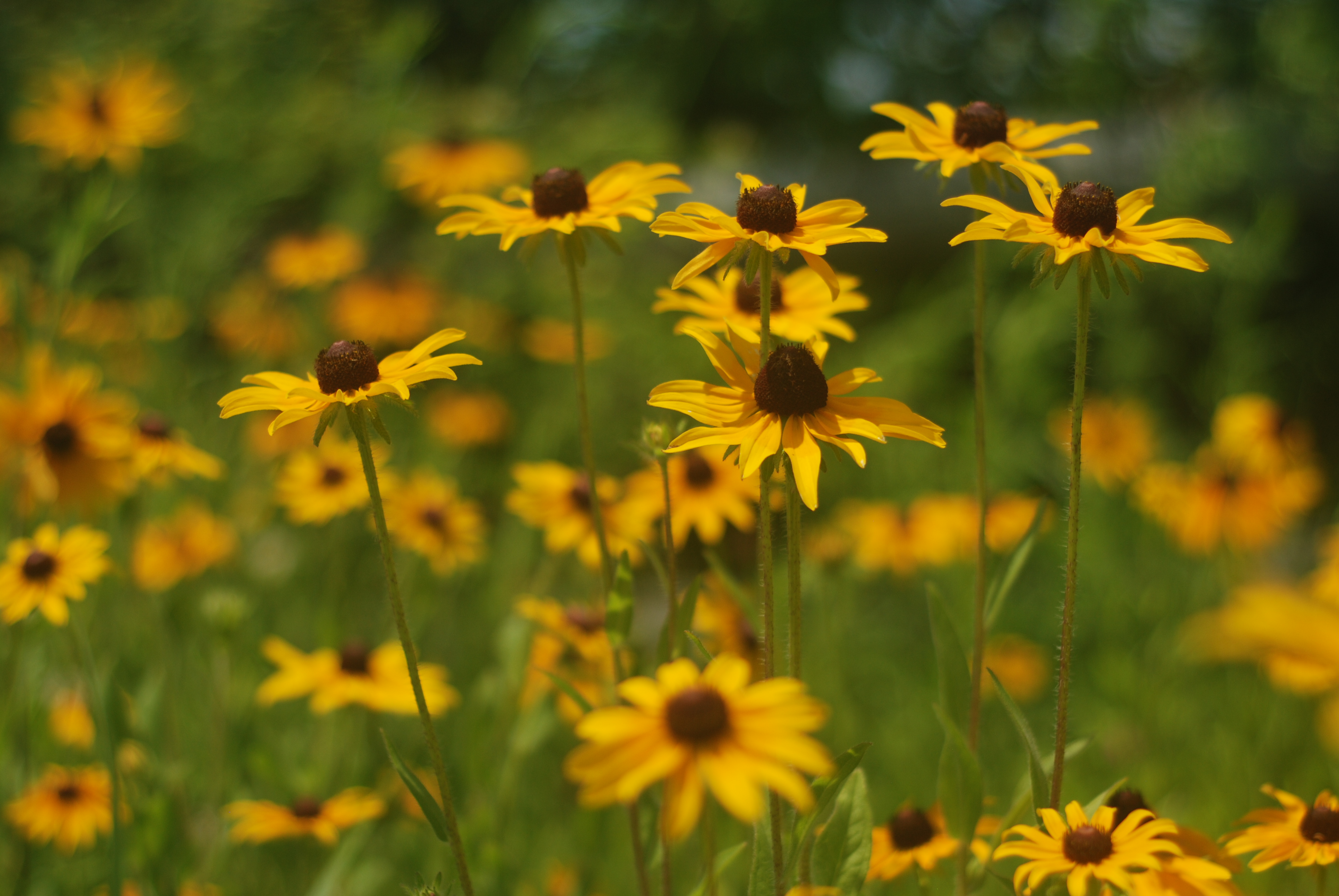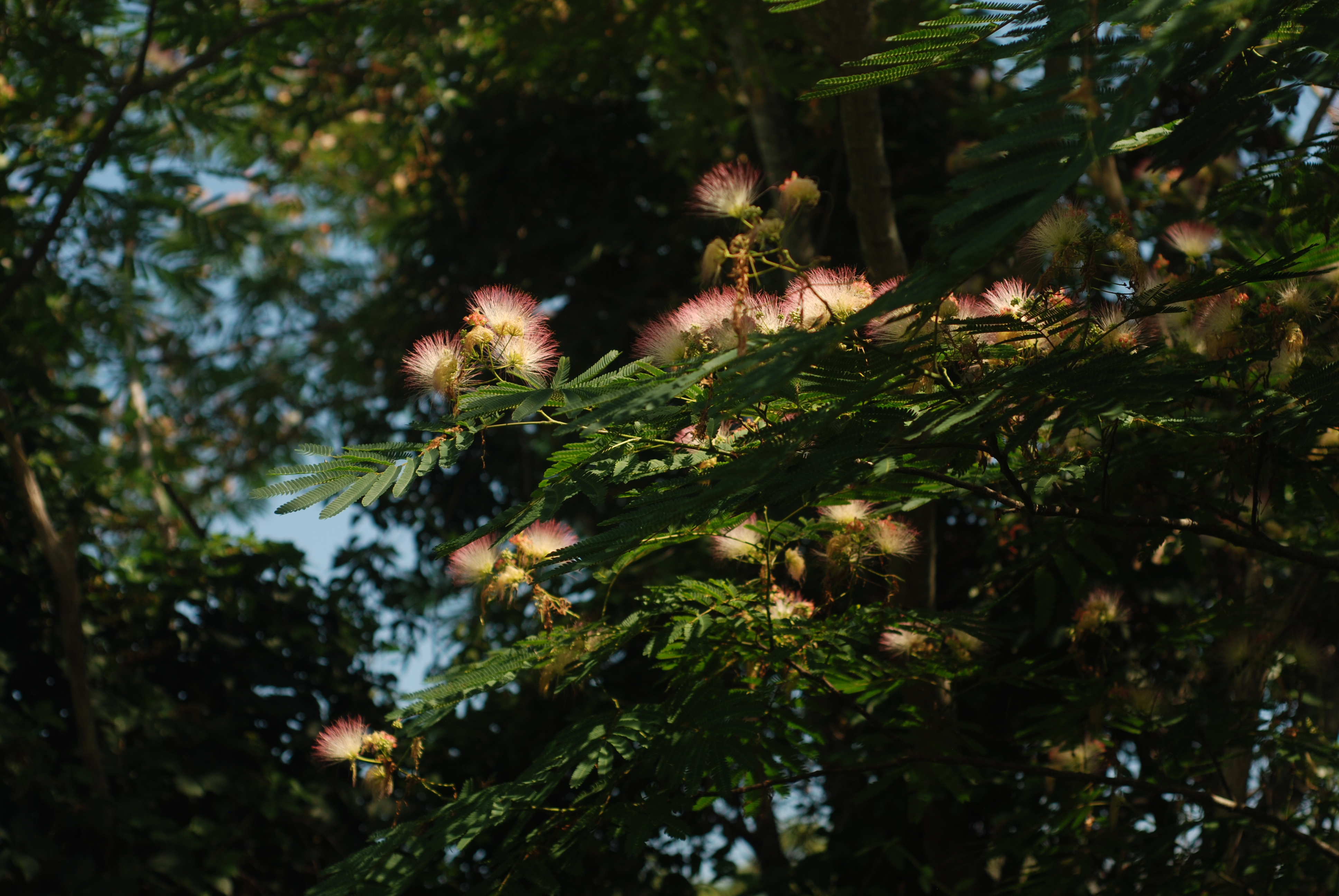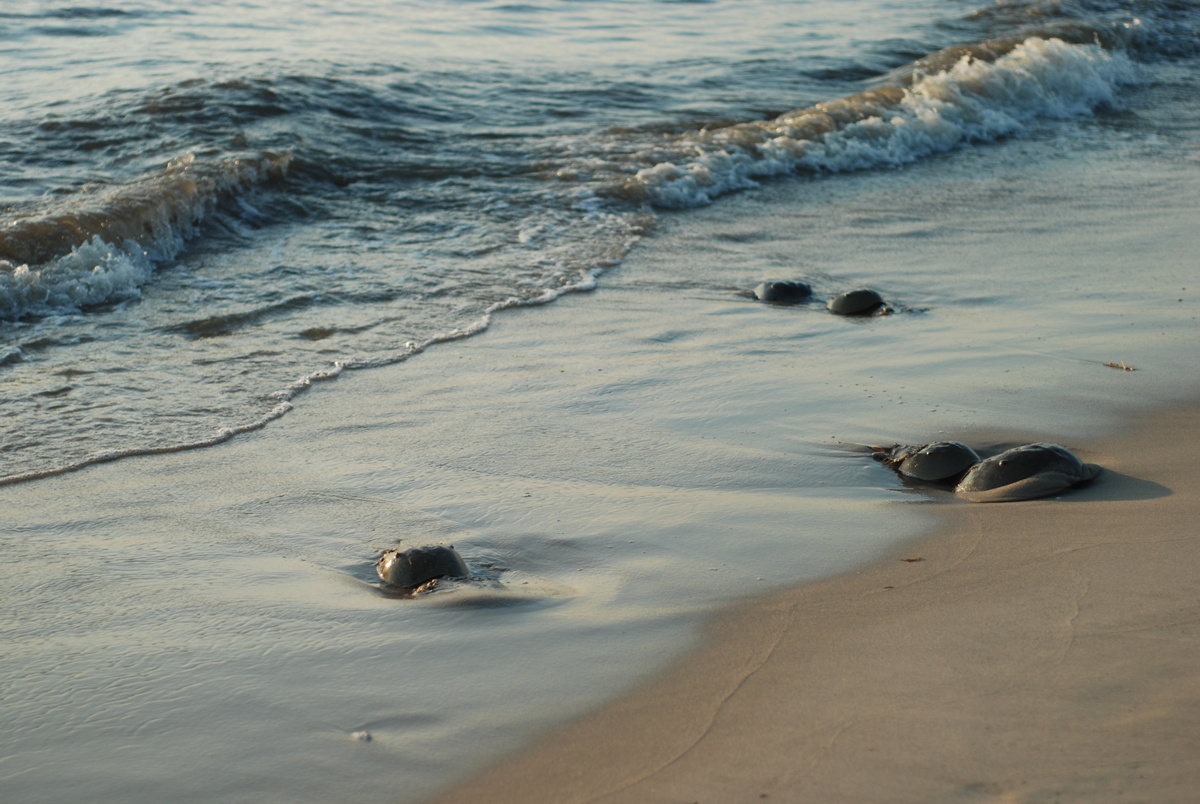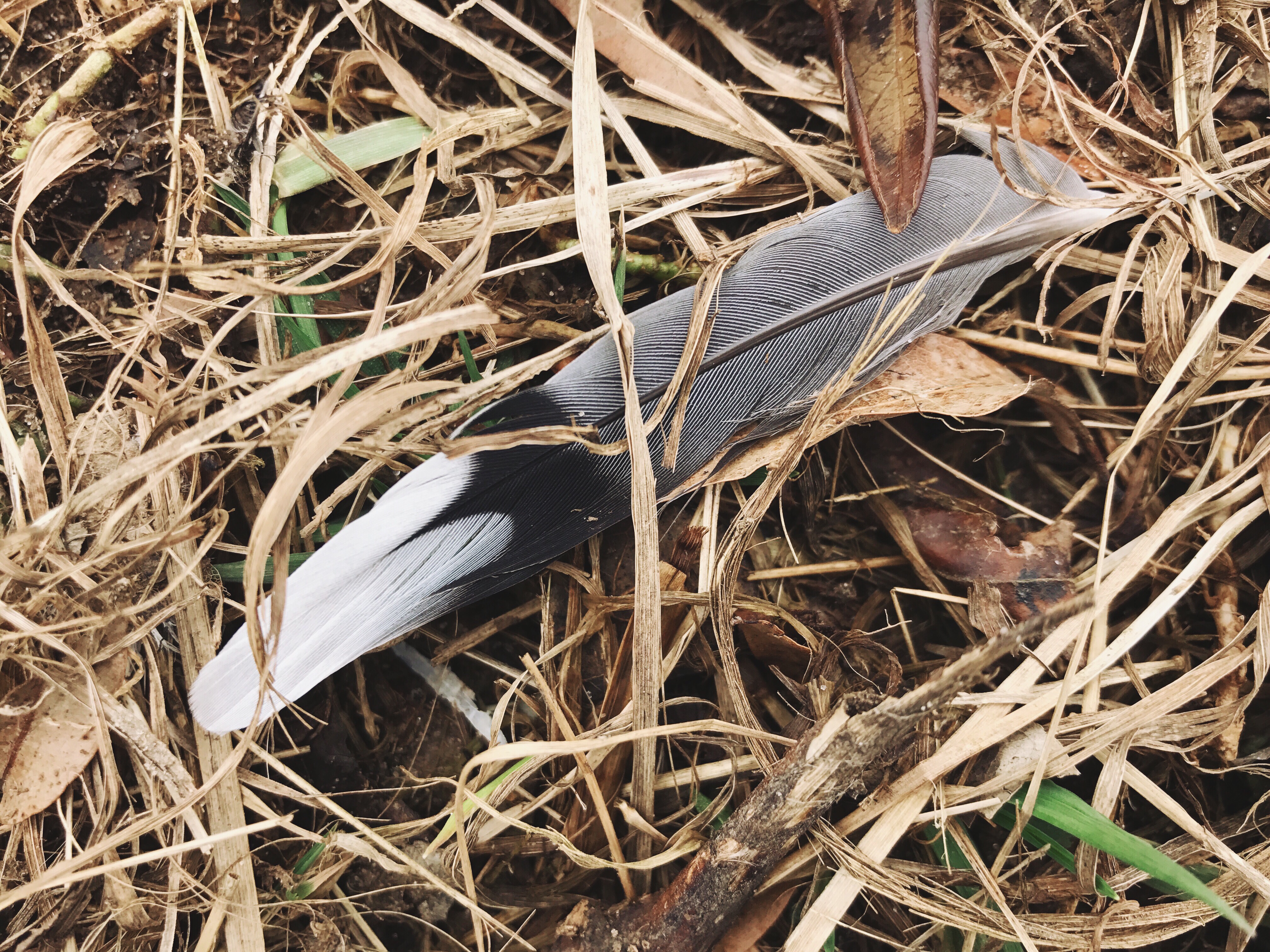
This afternoon I walked, alone. My usual course is straight back from the house, around the barn and away from the road, through the hedgerow of milkweed and phragmites and multiflora rose and goldenrod and sumac, and then either a hard right northwest to our neighbor’s pond and woods, or a short jog right before setting west again toward the salt marsh at the very back, a half mile from the house. But today I stayed close. I felt chipper, unburdened, crouching to examine praying mantis egg sacs and stepping carefully around a cracked pane of glass blown from a barn window by this wind that follows us from farm to farm.
And then I looked at the long watermelon beds, a few dozen desiccated fruits in slow decay, and was ambushed by a grief so acute and unexpected I almost doubled over.
…
Things are changing, and that’s something I need to write about. Here, I hope.
…
I walked. I stopped again at the fence between our yard and the sweet potato beds, my jaw tight. I looked down at a feather. And then, whoosh, whisper, whoosh. I couldn’t find a Carolina wren in the bare lilac bush, nor a squirrel in the dense underbrush where our chickens used to take cover from hawks. I looked up, and just in time: a large black bird, not ten feet up and passing directly over my head. Whoosh, whoosh, and then it coasted low through the yard before disappearing over the old pecan tree out front.
And like that: the grief eased.
I walked back to the barn again and then around it, searching the sky, wondering about the bird. Too small to be a black vulture, I thought, but was it too big to be a crow? A raven? I saw it again, soaring above the south tree line. Further back, more of the black birds screeched and dove at a black vulture perched high on a leafless poplar, finally driving it off.
…
It was a lonesome sort of winter scene, all blacks and greys and browns, plaintive caws, naked trees, last year’s vegetables gone and their beds asleep under a cover crop of wheat and red clover, my fingers stiff with cold. How comforting, then, to feel so solidly un-alone.
I keep the company of these birds, and of my questions about who they are and why they’re here now, and of the people who will help me to figure it all out. I am looking up, and looking it up, and writing it down. It seems a good way forward.






